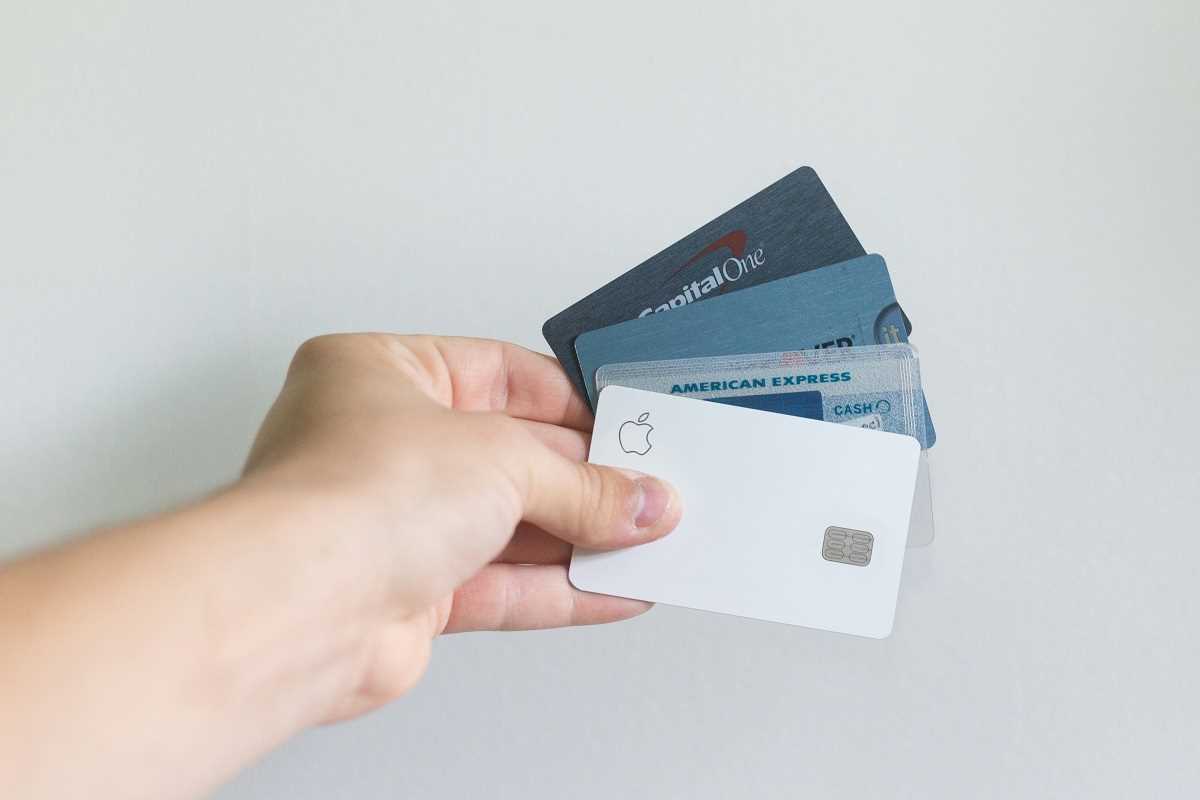In the fast-paced world of e-commerce, personalized email marketing has become more than just a trend — it’s a proven strategy for driving customer engagement, boosting conversions, and creating long-lasting brand loyalty. The beauty of personalized email campaigns lies in their ability to connect with customers on an individual level by leveraging behavioral insights and preferences. When done right, these campaigns not only feel relevant but also build stronger, more meaningful relationships with your audience.
Ready to learn how to harness the power of personalized email marketing? Let’s dive into the strategies that can transform your email campaigns into conversion machines.
Know Your Audience Inside and Out
Before you even think about hitting "send" on your next email, you need to know who you’re sending it to. Understanding your audience is the foundation of any successful personalized email marketing strategy. Generic, one-size-fits-all emails are a thing of the past. To really connect with customers, you need to segment your email list and tailor content to their unique needs, behaviors, and preferences.
Audience segmentation allows you to categorize your customers into groups based on data like:
- Demographics (age, location, gender, etc.)
- Purchase history (what they’ve bought in the past)
- Browsing behavior (web pages they visit, time spent on certain products)
- Engagement level (active vs. dormant subscribers)
When you segment effectively, you can send highly targeted emails that feel as though they were crafted just for that individual. This personalization makes customers feel understood, increasing their likelihood of engaging with your content and converting into loyal buyers.
Take the time to analyze the data available to you. This can be done through email analytics, website tracking tools, or customer surveys. The more insights you gather, the more effectively you can tailor your email campaigns.
Craft Content That Speaks to the Heart
Personalization goes beyond merely including a customer’s name in the subject line. It’s about ensuring every element of the email resonates with the recipient’s specific preferences or past behaviors. This is where creating compelling content comes into play.
Your subject line is the first thing customers see, so make it count. Use dynamic, engaging language that relates to their unique experience with your brand. For example, referencing a customer’s past purchase or recommending similar products based on their browsing history can make the email feel special and relevant.
Here are a few tactics to craft content that converts:
- Personalize subject lines: Use the customer’s name, mention their last purchase, or reference their most recent interactions.
- Dynamic product recommendations: Showcase products tailored to their past purchases or browsing behavior.
- Exclusive promotions: Offer discounts or promotions that align with their preferences (e.g., 20% off a product they’ve viewed multiple times).
- Customer-centric storytelling: Share stories or customer success stories related to the customer’s interests.
When you provide value through compelling, customer-focused content, you can dramatically increase open rates, click-through rates, and engagement. Remember, the goal is to make your audience feel like they are part of an exclusive, personalized shopping experience.
Automation Is Your Best Friend
If you’re trying to scale your personalized email marketing efforts, automation is essential. While personalization makes emails feel special, setting up automated workflows ensures your messaging stays timely, consistent, and effective — without requiring you to manually send every email.
Automation allows you to send personalized emails based on specific customer actions, making it easier to stay in front of your audience at the right time. For example:
- Abandoned cart emails: A gentle reminder with product images, a special discount, or a note encouraging them to complete their purchase.
- Welcome series: A sequence of emails sent when a customer signs up for your newsletter, introducing your brand and offering a discount for their first purchase.
- Post-purchase follow-ups: Send thank-you notes, ask for reviews, or provide helpful product usage tips.
- Re-engagement campaigns: Target customers who haven’t interacted with your brand in a while with special offers to reignite their interest.
By setting up automated workflows, you ensure your customers receive relevant messaging at strategic moments in their journey — keeping engagement high without requiring constant manual oversight.
Optimize Your Campaigns for Mobile Devices
Here’s a fact: most emails are opened on mobile devices. In fact, studies show that over 60% of email opens happen on mobile, which means failing to optimize your email campaigns for smaller screens could lead to lost opportunities. If your email looks cluttered, loads poorly, or has buttons too small to click, you’re likely losing conversions.
To ensure your campaigns are mobile-friendly, keep these principles in mind:
- Responsive design: Use email templates that adapt to different screen sizes.
- Concise, clear content: Mobile readers prefer short, to-the-point messaging with clear calls-to-action.
- Strong calls-to-action (CTAs): Make buttons large, obvious, and easy to click.
- Visual hierarchy: Structure your emails so readers can quickly identify the most important information at a glance.
By ensuring that your campaigns look great and are easy to interact with on mobile devices, you’re creating a smoother, more enjoyable experience for your audience. And a better experience leads to higher engagement rates.
Track, Test, and Improve Your Campaigns
Once you’ve started crafting personalized emails, it’s crucial to measure their performance. Why? Because email marketing is a dynamic strategy that thrives on optimization. By monitoring key performance metrics, you can refine your strategies, identify what works, and adjust what doesn’t.
Key metrics to monitor include:
- Open rates: How many people are opening your emails?
- Click-through rates (CTR): How many are clicking through to your website?
- Conversion rates: How many are completing a purchase after engaging with your email?
- Bounce rates: How many emails are failing to deliver?
- Unsubscribe rates: Are your subscribers disengaging?
One of the most effective ways to optimize your email strategy is through A/B testing. Test variables like subject lines, email designs, send times, and CTAs to see what resonates most with your audience. Over time, this approach will give you the insights needed to continuously refine your strategy and keep improving your email engagement.
Personalized Emails Are Your Competitive Edge
In the ever-changing e-commerce landscape, personalized email marketing is one of the most effective ways to build lasting relationships with your customers. From segmenting your audience to creating relevant content, automating workflows, optimizing for mobile, and analyzing performance metrics — every step builds on the last to create a holistic, customer-focused strategy.
When executed thoughtfully, personalized email campaigns don’t just send promotions; they create conversations, strengthen brand loyalty, and encourage repeat purchases. So, use the insights available to you, tailor your messages, and let your customers know you understand them.
The next time you hit "send" on your next campaign, do so with confidence — because personalized email marketing is more than a tactic; it’s a strategy that puts your customer first.
 (Image source: Midjourney)
(Image source: Midjourney) 


.jpg)


